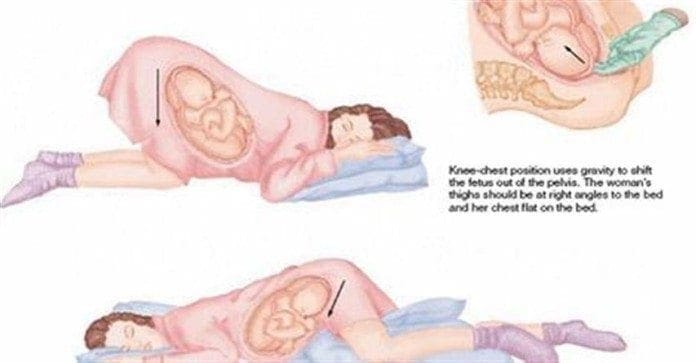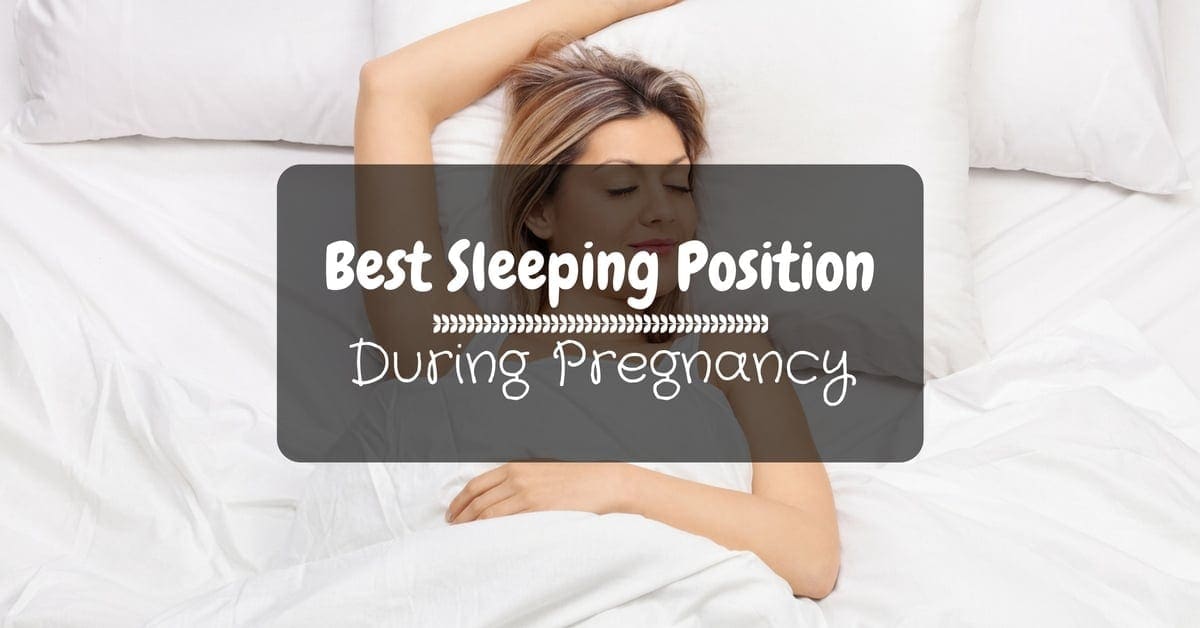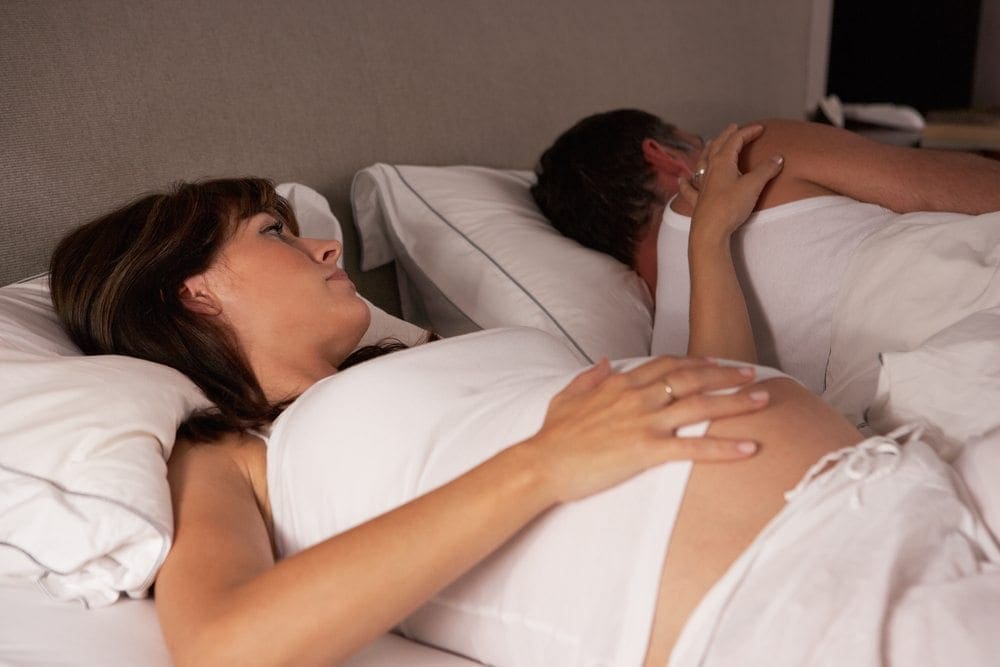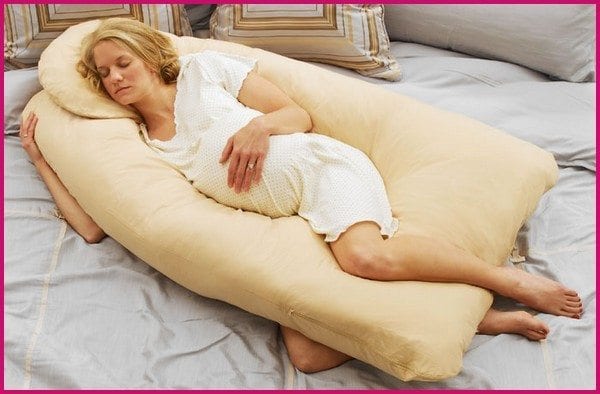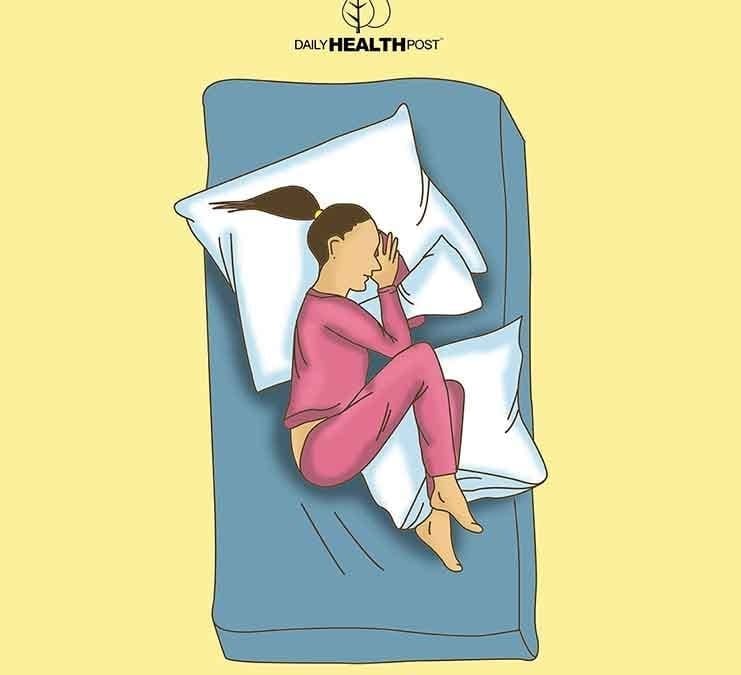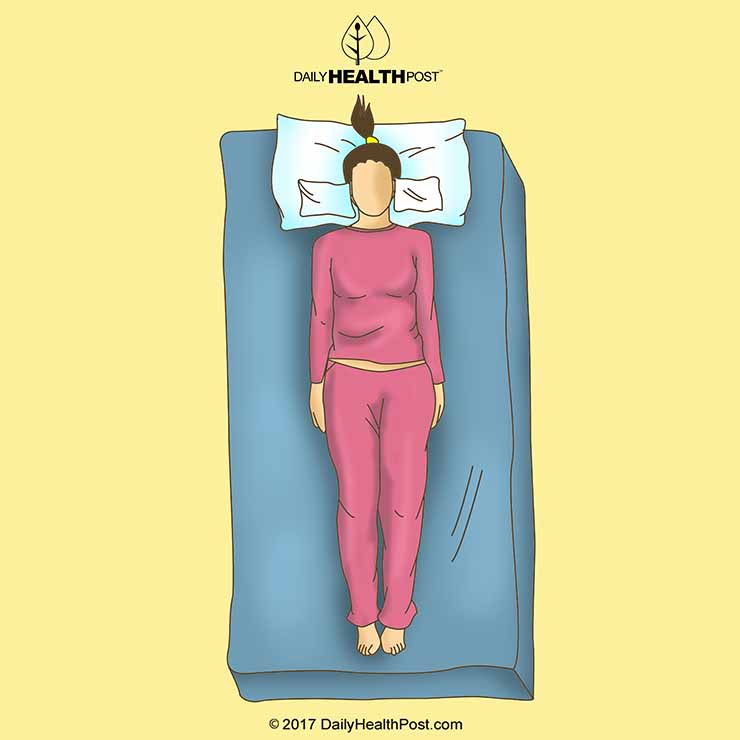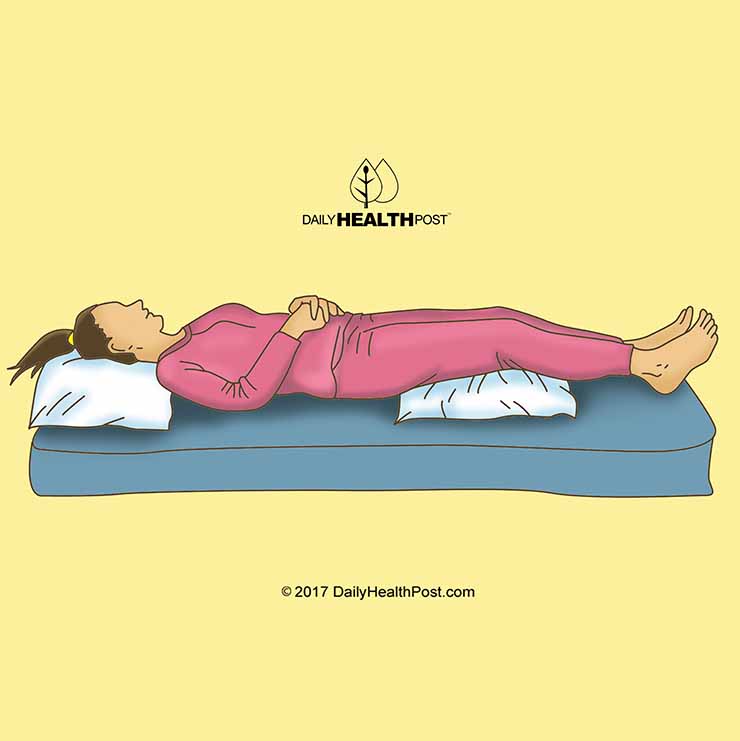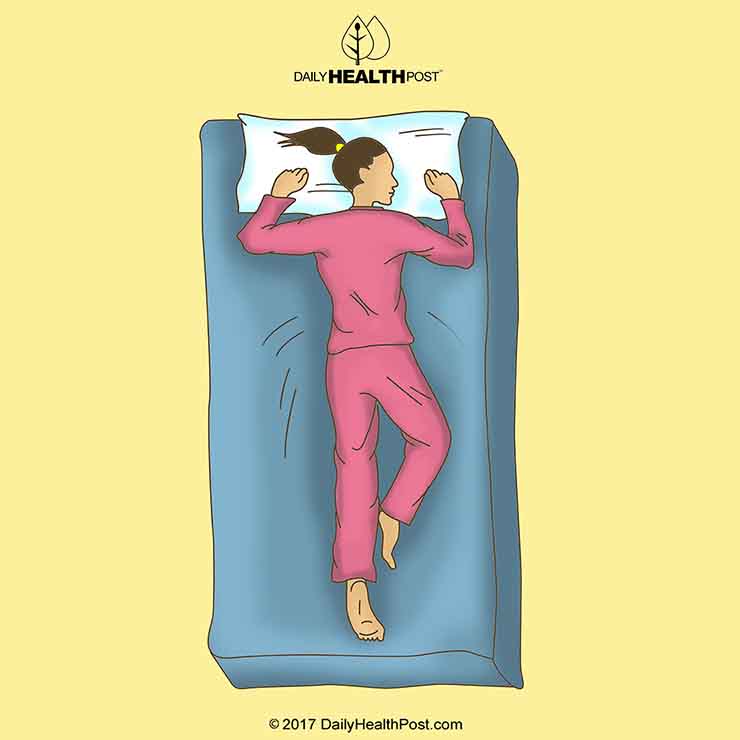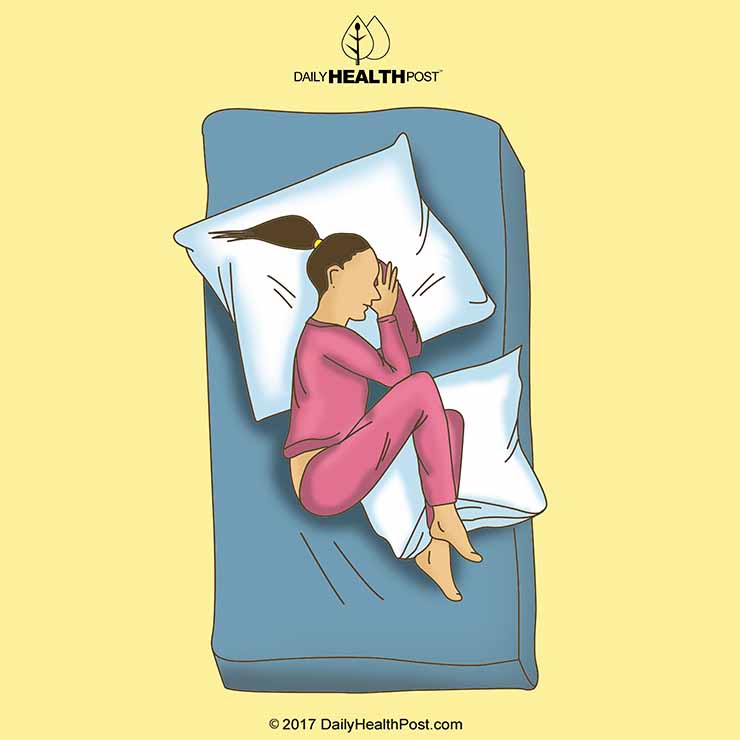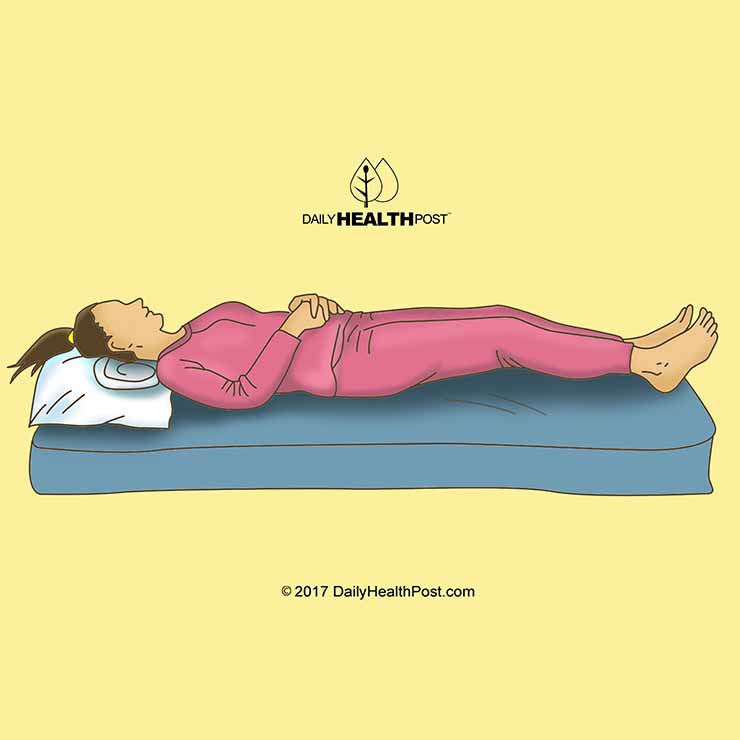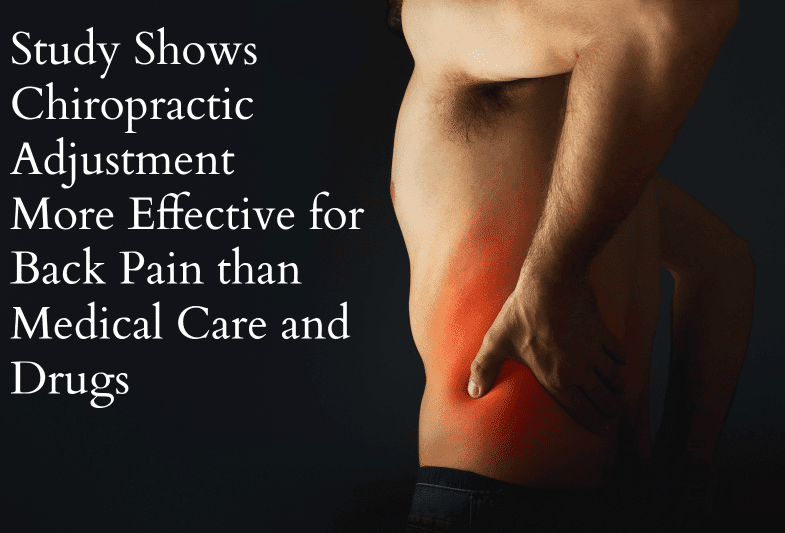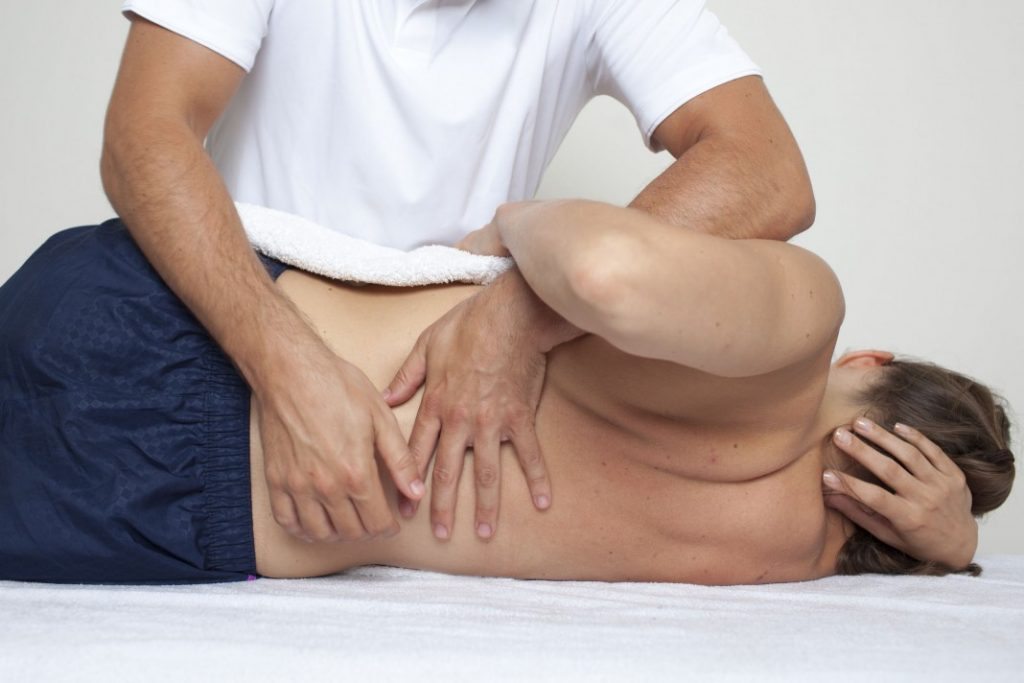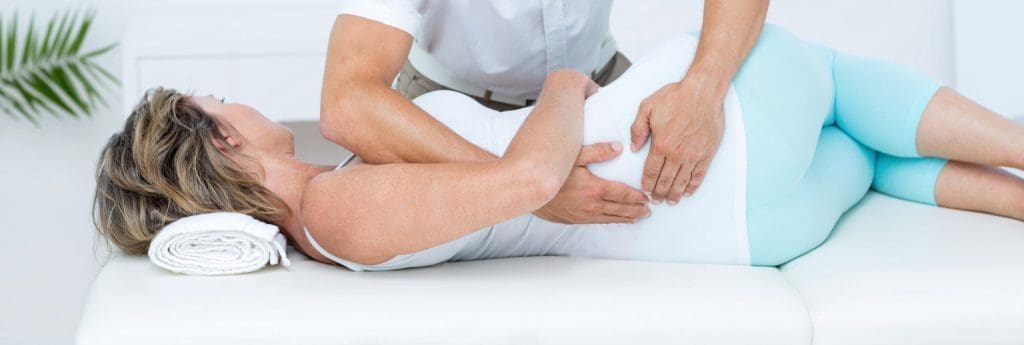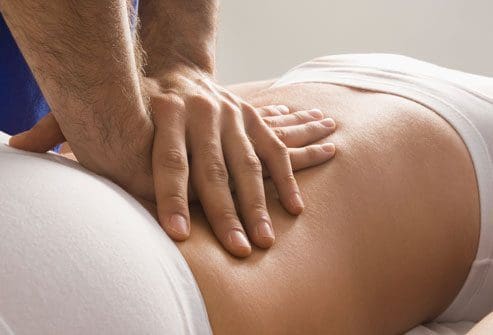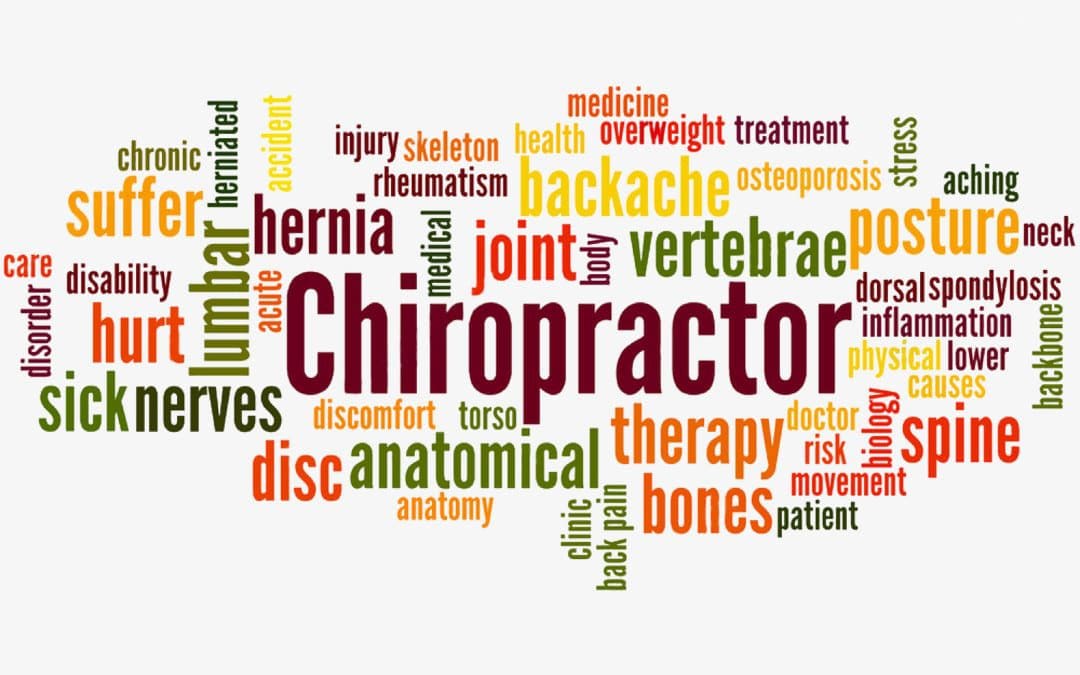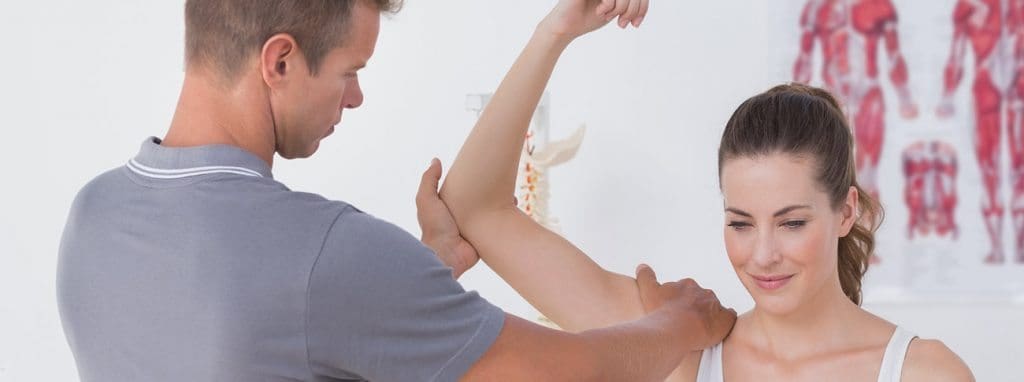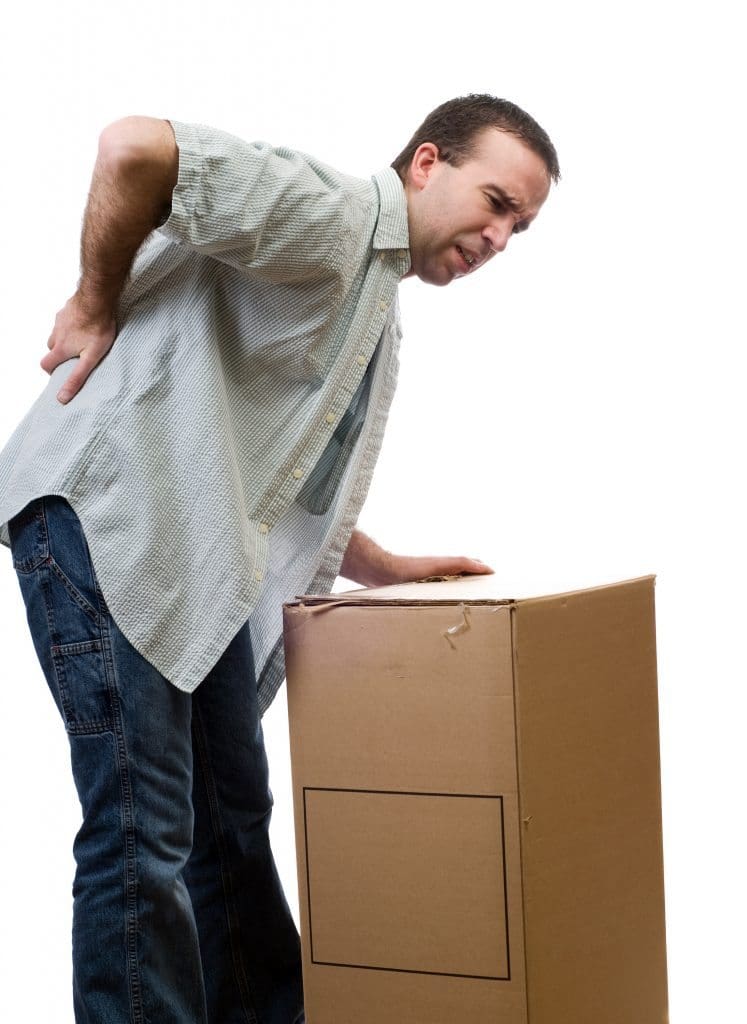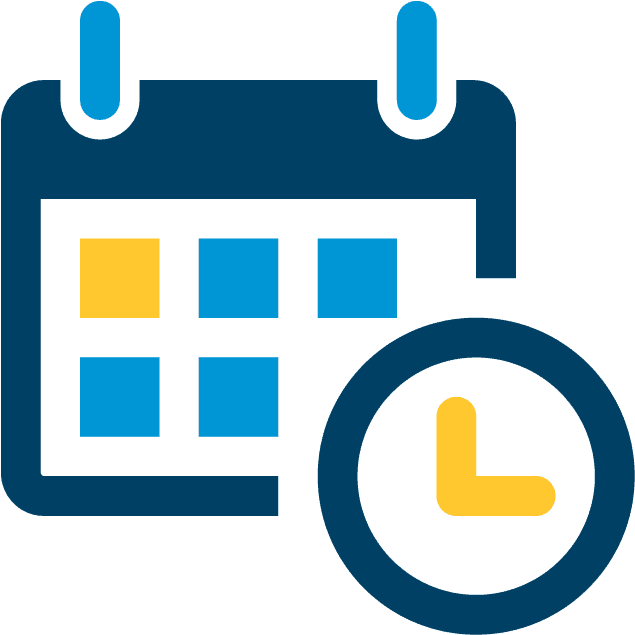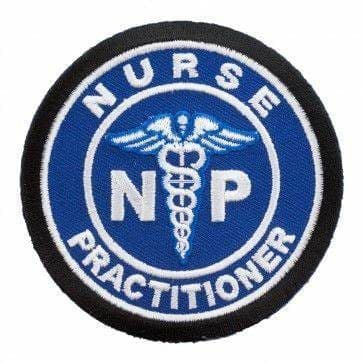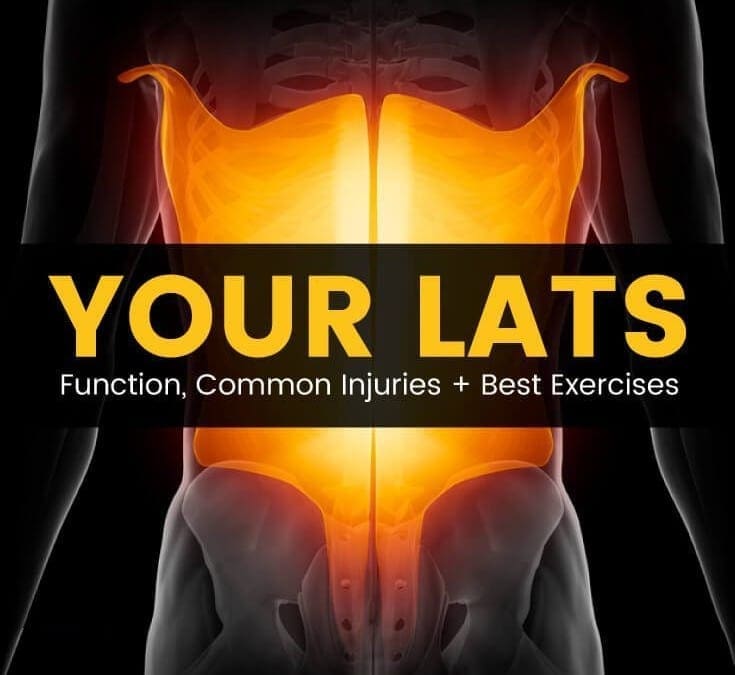
Latissimus Dorsi: Exercises & Stretches For Your �Lats�
El Paso, TX. Chiropractor Dr. Alex Jimenez examines the “lats,” along with exercises and stretches.
The latissimus dorsi muscles � generally only called �the lats� � are the two biggest, broadest muscles in your back and, overall, one of the largest muscle groups in the entire body. As extensor muscles, the lats mostly have the job of assisting to lift upward the arms as they reach and lengthen. The lats take part in other important functions beyond shoulder extension too, including internal rotation of supporting core equilibrium and the torso.
In case you perform pulldowns, rows or lifting exercises for the shoulders using a resistance band or machine, odds are you�re already strengthening and participating your lats. Nevertheless, it�s common even for sportsmen to wind up growing latissimus dorsi muscles that are tight due to overuse or little stretching � lower back pain and considered to be an important cause of both long-term shoulder.
For individuals who are performing strength-training moves, back and the lats are crucial areas to concentrate on. Based on a report in the Journal of Orthopedics, �Because the latissimus dorsi connects the spine to the humerus, tightness in this muscle can show as either sub-optimal glenohumeral joint function (which results in persistent shoulder pain) or tendinitis in the fasciae linking the latissimus dorsi to the thoracic and lumbar spine.�
Considering the primary function of the latissimus dorsi muscle would be to help in movement of the arms and protection of the spine, just about everyone may benefit from incorporating lat exercises in their day to help with range of motion, equilibrium, improving equilibrium and upper body strength.
What’s The Latissimus Dorsi?
Both latissimus dorsi muscles situated in the middle of the back are big, level, normally strong muscles that are posterior (next to) to the trapezius muscles in the arms. They help connect the back to the arms/upper extremities and support stability and overall strength of the entire torso. Considering that the lats are linked to the arms and upper back, they can play a role in preventing slouching help hold the back erect and so are used to maintain good posture.
The underparts of the the lats extend to the tops of glutes, lower back and close to the tailbone. Twisting or spinning movements in the back, plus lifting the arms overhead, both engage these muscles, making them important for general coordination, balance and upper body strength. Due to their size, strength and involvement in numerous motions of the body, exercising the heart, including the lats, along with being confident to stretch them enough are vital for preserving range of movement and a healthier back into older age.
What Do The Lats Do?
There are there are only three main muscles in the upper back: the trapezius, latissimus dorsi (lats), and erector spinae. Here�s a breakdown of the fundamental functions of the lats:
- Extension of the arms overhead, backward and downward � The lats are also generally used simply because they keep the back and core upright when folks walk and swing their arms from side to side.
- Adduction (motion of the shoulder toward the midline) and transverse extension, which is also called flat abduction � One Among the most crucial occupations of the lats is enabling both arms to move towards the torso within an adduction movement.
- Medial (internal) rotation of the shoulder joint, which really helps to transfer the scapulae.
- Flexion when standing location that is lengthy, within an erect � Including extension and lateral flexion of the lumbar spine, helping to contract and lengthen�the back muscles with moves up and down
What exactly are a few of the essential benefits of getting strong lats? Based on the way the lats support the back, arms and core advantages of building strength and flexibility in this region include:
1. Keeping strength in the shoulders, upper back and arms
You�re likely conscious that the shoulders are just one of the very most utilized parts of the body � whether you�re an athlete or only someone going about your day-to-day routine. The shoulders are involved in motions like throwing, holding up heavy items or weights, like getting reaching before you or behind, and functions, swinging, reaching and lifting the arms overhead.
The lats help support many motions of the shoulder muscles, joints and bones and are participated during many common shoulder exercises like boards, presses, lifts and pulls. Should you previously suffer with shoulder pain � for example on account of factors that degenerate connective tissue rotator cuff injury, such as older age, osteoarthritis or overuse � studies imply stiffness and your symptoms will likely just get worse if your lats/back become weaker. (2)
2. Stability through the center, which can be important for posture, balance and preventing falls
Both the lower back as well as the outer-middle part of your back (sidelong back muscles) are a part of your �core,� which means both must be powerful and flexible to support you as you stand erect. Bad position due to a weak back is linked to many different difficulties you might not comprehend � such as respiratory difficulties, headaches, digestive issues, poor sleep and also tingling.
A powerful core, all of the way from your font body (abs) wrapping around to your back, acts like a built-in girdle so you�re shielded as you sit, stand and walk each day. Strengthening your lats will help in keeping your abdominal muscles pulled in your shoulders pulled back and your body from entire feeling tired or weak through the day. This is essential for maintaining equilibrium and keeps extra pressure off the lower back, particularly as you age.
3. Help with sports or exercise performance (including twisting and rotating the torso/trunk)
Included in maintaining appropriate posture and preventing back pain, your lats help support the back during turnings, when lowering the hips down or when twisting and bending over. Your back muscles work together with abdominal muscles and your obliques to support the spinal column and provide you greater range of motion during all kinds of movements.
If you play with sports such as for instance rowing, golf, gymnastics, swimming, tennis, football, wrestling or basketball � or you work out by running and lively walking � a strong core is indispensable. A number of these actions include having enough flexibility and balance to remain strong on your own feet, keeping the core stable and lifting the arms.
About the Latissimus Dorsi Area
The latissimus dorsi and the teres major, fibres of the deltoid, long head of the triceps and many other stabilizing muscles connect to:. The teres major muscle is placed over the latissimus dorsi muscle. The lats insert to the tubercular groove in the front of the humerus and are partly covered by �the traps� (the upper back muscles) and connect to the deltoids (the front, side and rear of the shoulder).
Here�s an overview of the structure and area of the body enclosing the lats:
Lats originate in the iliac crest located at the base of the spine by the hip bones
They join to thoracolumbar fascia, rough membranes composed of three layers of tissue that cover the deep muscles beneath the trunk, which support the backbone
Lats are encouraging of poor six thoracic vertebrae and inferior three or four ribs
The nerve roots which make up the long thoracic nerve, especially those called C6, C7 and C8, which run through the trunk supply them
Reinforcing the labs usually causes the elbows to bend (flexion) and includes engaging the shoulders, biceps and trapezius muscles. One of the most frequently employed antagonist muscle pairs in the human body range from the pectorals/latissimus dorsi muscles. These antagonist muscles have opposing functions, helping to generate total range of movement. Agonists and antagonists usually exist on opposite sides near a joint, helping to lower and lift. The deltoids and latissimus dorsi muscles lift and lower the entire arm in the shoulder joints.
Common Injuries Affecting the Lats
Motives which you may have lats that are poor or stressed contain:
Not lifting the arms often enough, resulting in arms and stiff or poor shoulders
Developing pain which restricts you from rotating back, exercising, writhing and engaging the back muscles correctly. Risk factors for back pain include history of back injuries or disorder, having muscular tension due to anxiety/worry, and smoking or using tobacco, being overweight or fat, pregnancy, lack of sleep or sleeping in positions that are unsupportive.
Bad position, which often causes low back pain and reduced range of motion
Sitting for too long, for example at work for many hours of the day, which weakens the upper and mid-back
Injuring the low or shoulders back, which prevents flexion adduction and extension
Even though it doesn�t occur very frequently, lat tears have been reported related to sports activities like rock climbing, wrestling, golfing, body-building, gymnastics, basketball among others.
What kinds of side effects or limits can result from these lat-related harms? While rupturing or tearing of the lats is rare, other related pains are common and include:
Shoulder pain: The latissimus dorsi joins the humerus and the backbone, so weakness or tightness in the lats/mid-back can cause pain in the shoulder joints and decrease of upper body functions. Occasionally this results in frozen shoulder or persistent tendonitis pain affecting the fasciae connective tissue.
Back pain: The latissimus dorsi support the thoracic and lumbar regions of the spine, two areas that will develop pain due to factors like bad posture, forward head posture, a sedentary lifestyle (such as hunching over a desk all day) or due to impact and/or trauma. Back pain, whether light or severe, is one of the most typical complaints among adults and experienced by about 80 percent of men and women at one point or another. In many cases of low back pain, the trouble can generally be traced back to not having a powerful enough core, which is often overcome through routine exercise plus stretching (see below). Routinely performing lower back muscles, plus standing and moving throughout the day, can do amazing things to assist in preventing persistent back pain and injury.
Muscle and instability imbalances: Based on Men�s Journal, it�s not unusual for guys to have irregular lat strength which contributes to lack of balance and pressure set on the spine. (9) Postural problems, including spinal abnormalities or injuries that stem to the legs, together with muscle settlements or inactivity put added pressure on the rear. People of all ages experience bad position, but you�re particularly at risk for dealing with side effects because of weak back in the event that you don�t rest enough between workouts, you�re sedentary, elderly than middle aged or heavy. Exercises and strength training will help reduce back pain by increasing flexibility, reducing inflammation, improving posture and reducing muscle damages /weakness in the pelvis or hips.
Finest Stretches and Lat Exercises to Build Strength
Even though you don�t belong to some fitness center or wish to attend some sort of strength-training or yoga course, you practice simple bodyweight exercises and stretches at home improve total flexibility and to be able to build lat strength. Regularly performing several full- body motions and crucial stretches will help relieve core weakness, stiffness in muscle settlements and the low back that extend down through your hips legs.
Do 2�3 of the exercises below, about 1�2 times each week, for important body parts such as the lats. Purpose for 10�15 reps, unless otherwise stated. Follow with the two stretch moves later.
Lat work outs are often best complemented by either 1) a torso workout or 2) a biceps workout.
LAT EXERCISES
Lat Pulldowns Employing A Machine OR
Fundamental pulldown exercises employing a machine in the gym are just one of the greatest methods to engage the lats. You can either take a seat on the machine�s seat or kneel on one or both knees (whichever can help you grasp the bar evenly above your head). Pull down on the bar evenly to bring it down your chest while maintaining your back upright, then lift the bar to starting place back.
Lat Pulldowns Using Exercise Bands OR
Utilizing a resistance band that is economical in the home or the fitness center is a great method to boost latissimus dorsi strength, as well as strength in core and your shoulders. Start by anchoring a band to some steady high point, such as around a pole, and catching each end of the band using your hands. As you bring your hands closer to the very front of your torso, begin with your arms straight and in front of your face, then pull the arms back to flex your elbows.
Chin Ups
Utilizing a pullup bar, face and grab the bar along with your palms facing toward you. Your arms will be stretched overhead in the starting location. Pull your torso up until your head and keep your torso as straight as possible as you lift is the degree of the bar. From this caught position, slowly lower your torso back to the starting spot until your arms are fully extended again. Breath and repeat for about 5-10 repetitions. If this can be too problematic for you personally, try utilizing a seat under your feet for many assistance or a pull up help if accessible.
Seated Rows OR
Employing a machine, sit together with your knees bent so that your shoulders are level with the machine handles as well as your back straight. With a handle in every hand, sit tall as you bend the elbows and pull the handles toward you and transfer the shoulder blades together. Return to starting position and repeat.
Dumbbell One-Arm Rows
Stand near one side of a bench and place your opposite knee and palm flat at the very top of the seat. Maintaining your arm on the bench while you bend over torso and straight horizontal, hold a dumbbell in your hanging hand. Lift the dumbbell up toward your torso/side of your chest while bending the elbow, then lower and repeat. Squeeze your abdomen in and attempt to work with strength and go slowly in both directions, in the place of just relying on momentum.
Setting Torso Lifts (Aka �Supermans�) OR
Placing down on the floor with your fingers interlaced behind your face, lift your torso and shoulders off the floor to engage your back. You are able to either keep your ankles/feet anchored to a floor by placing them under a bar or having someone lift the toes somewhat, or support you. Raise and lower about 5�10 times, going slowly and breathing. Take care never to overextend or yank on your neck.
Yoga Chair Pose (Held Squat)
So your big toes touch lift your arms above your head bringing the palms to face inward, place your feet together. Imagine a seat behind you that�s backward and prepared to catch your hips as you sink your pelvis down and bend your knees. While looking to maintain a straight back, tuck your tailbone down and keep your arms stretched overhead. Hold for 5�10 breaths as you lower further down on your exhales and lengthen through your back on your inhales.
LAT REACHES
Standing Overhead Reach
Although they�re simple to stretch (you only need to extend your arms overhead), the lats are commonly disregarded during most post-workout cool downs. Extend and to gently engage your lats, stand upright with your arms reaching above your face. You might want to slightly bend side to side, but go in order to avoid yanking. Hold your reach for between 10 tucking the tailbone down, continuing to span the rib cage upward and �30 seconds at a time.
Cat- Cows or Kneeling Arm Stretches
You can duplicate the same type of arms-overhead movement as described above when kneeling on a floor on your own shins/knees. Reach your fingertips overhead as you stretch your shoulders to touch the floor and engage your back muscles. Do this while keeping your hips lifted or down near your heels. Hold the stretch for 10�30 seconds while breathing deeply to soften your muscles. This is known as �kid�s pose if you�re if you�re hips remain lifted hips remain low to the ground or �pup pose� �. You may also try other yoga poses by staying kneeled down on your shins while breathing through �cat-cow� moves. Do these as the back in a single direction stretch upward by lifting your torso as you turn and tailbone, then down towards the bottom.
Precautions When Activating the Latissimus Dorsi
If the lats lasts more than 2�3 days and or the rest of your back begin to feel pain through your workout, or pain increases after, back away from exercising the region and rest for at least several days. Start don�t overdo stretches and exercises. In the event you are feeling throbbing, stiffness or notice swelling extending around the upper body, avoid resistance training including the painful areas and consider seeing a doctor or physical therapist for guidance.
Final Thoughts On the Lats
The Latissimus Dorsi (aka �the lats�) are large muscles found in the upper-mid back that help support movement of the arms. Functions of the lats comprise backward or overhead to extension of the arms and shoulders and downward, plus core/torso stability.
The lats stressed due to being overweight overtraining with degenerative problems like arthritis, or deficiency of stretches or can be weak. This can cause chronic low back pain or shoulder pain in some instances.
Exercises for the lats comprise dumbbell raises and presses, pulldowns or pulls, supermans.

